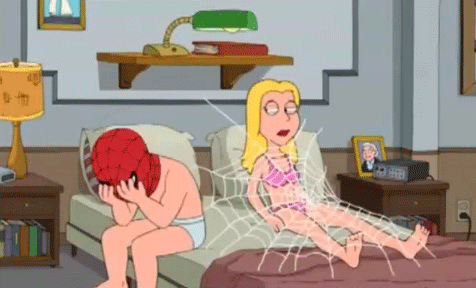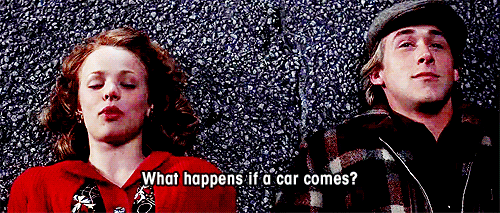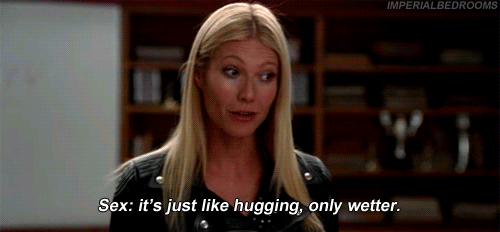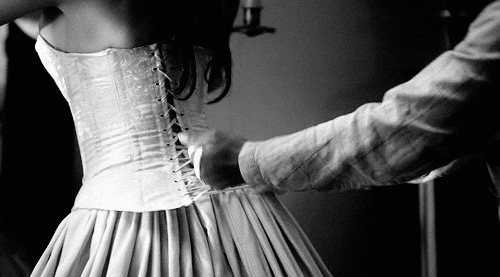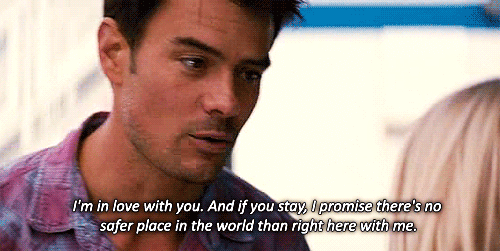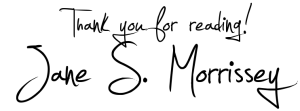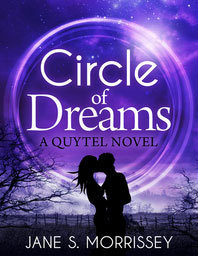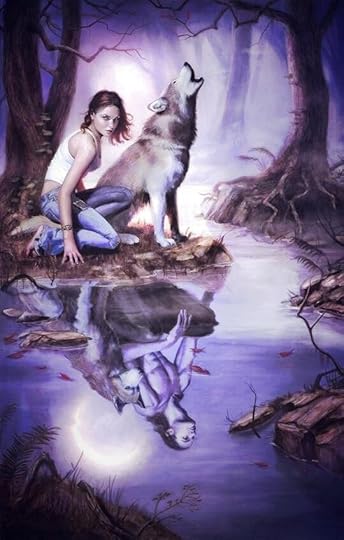Jane S. Morrissey's Blog
August 24, 2015
Shards of Hope – review of Nalini Singh’s latest
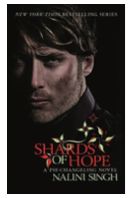 Shards of Hope by Nalini Singh is the 14th novel in her Psy-Changling Series. With so many books in this series this series I’ll try to sing this book’s praises without giving away too much about the overall series, which I highly recommend. If you’re interested in my review of the book 1 in the series – check it out here!
Shards of Hope by Nalini Singh is the 14th novel in her Psy-Changling Series. With so many books in this series this series I’ll try to sing this book’s praises without giving away too much about the overall series, which I highly recommend. If you’re interested in my review of the book 1 in the series – check it out here!
Nalini Sighn is truly a master at her craft and I had the honor of hearing her speak at the Romance Writer’s of America Conference last month. She is as humble and inspiring as her writing. Her characters are rich and complex. This is one of her two main series, and the other – Guild Hunter Series – is an equally remarkable series to immerse yourself in.
But let us enter the cold, cold world of the Black Arrows… they are Psy Warriors, the long arm of justice in the new order of their world. Because of the brutality of their 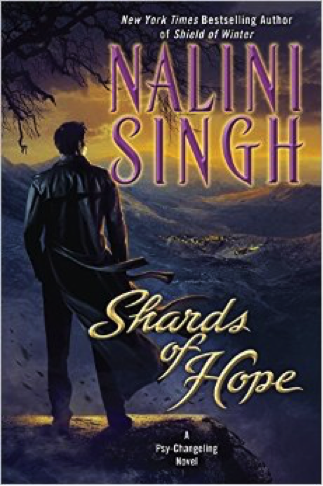 psychic abilities they have been ostracized from their own families and their people as children. Without special, and often violent, ruthless training, the fear is that this group of Psy’s will become serial killers with far too much power to stop them. And so they have embraced a training protocol – Silence – designed to obliterate emotion and hold psychic ability under tight control.
psychic abilities they have been ostracized from their own families and their people as children. Without special, and often violent, ruthless training, the fear is that this group of Psy’s will become serial killers with far too much power to stop them. And so they have embraced a training protocol – Silence – designed to obliterate emotion and hold psychic ability under tight control.
In Shards of Hope, Aden, the leader of the Black Arrows, and one of his top commanders, Zaria, are kidnapped, a feat not many could achieve. As they struggle for their own survival they find sanctuary with a newly formed Changeling pack that show them what family is supposed to be, and how love, affection, and emotion can make them stronger.
This is simply a wonderful, somewhat emotional read, as so many of the books in this series are. Not only is this a fast-paced mystery with incredibly high stakes, it also emphasizes the power of strong and enduring family bonds and the building of communities and families out of choice and circumstance. A top notch story!
The post Shards of Hope – review of Nalini Singh’s latest appeared first on Jane Morrissey.
August 10, 2015
Who the heck are the Quytel anyway?
As my books in the Quytel Series are starting to come out (watch for the second book – Circle of Flames – due this fall!) I thought I would share with you all the world that my characters are living and loving in. This information will be posted on the Quytel page on my website for easy reference.
For those of you who haven’t read the first book Circle of Dreams, the Quytel Series is set in modern times in the world on Earth as we know it. Living parallel in our reality are shapeshifters, mages, people with psychic and elemental abilities, and the Quytel. The Quytel are an ancient order, filling their ranks with powerful human psychics who bear a specific genetic marker. Those who are chosen 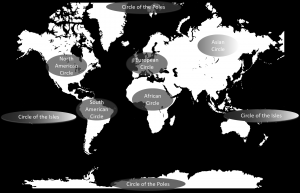 and survive a lethal initiation process become Quytel. Until they choose to be divested, they are immortal and serve the mission of the Quytel, to maintain the balance of the paranormal on the planet.
and survive a lethal initiation process become Quytel. Until they choose to be divested, they are immortal and serve the mission of the Quytel, to maintain the balance of the paranormal on the planet.
Three Judges, three Seekers, seven Warriors and a Commander make a Quytel Circle. The seven Circles are bound to specific geographic territories on Earth.
 Judges are the judicial backbone of the Quytel, and although their psychic abilities vary, their most powerful one is truthsense. No one can lie to a judge. Once passed, their justice is swift and severe. Their wisdom and ability to look at the balance of power is invaluable in strategic planning and battle. There are three Judges in each Circle.
Judges are the judicial backbone of the Quytel, and although their psychic abilities vary, their most powerful one is truthsense. No one can lie to a judge. Once passed, their justice is swift and severe. Their wisdom and ability to look at the balance of power is invaluable in strategic planning and battle. There are three Judges in each Circle.
Seekers are sent out across the vast territories of each Circle to find, train, and protect psychic humans, culling through their numbers to find those special, powerful few who could one day become Quytel. As with Judges, there are three Seekers in each Circle.
Warriors are the front line of defense for the Quytel. Their abilities are vast and include calling on energy in various forms and the manipulation of minds and bodies.
They are the strong arm of justice. Each Circle has seven Warriors.
They are united by their Commander who maintains the bond that links each member of a Circle to him and to each other.
 Each Circle has a center of operations that is located on or very near a specific energetic place of power.
Each Circle has a center of operations that is located on or very near a specific energetic place of power.
North American Quytel – a mile underground just outside of Sedona, Arizona
African Quytel – a mile underground near the Pyramids at Giza, Egypt
Asian Quytel – underground, just out side of Lhasa, Tibet
South American Quytel – within the mountain underneath Machu Picchu, the lost city of the Incas in Peru
European Quytel – directly beneath Stonehenge, England
Circle of the Isles– on Pohnpei Island, Micronesia
Circle of the Poles – over a mile underground directly under each Pole
The post Who the heck are the Quytel anyway? appeared first on Jane Morrissey.
July 20, 2015
Circle of Dreams – Blog Tour!
Blog Tour: Circle of Dreams
I’m working with a company called IndieSage on my first blog tour. Blog tours are kind of like virtual book tours where books are reviewed and excerpts are posted. As this is my first blog tour, I’d love to hear you thoughts you have on the process or what you might like to see in tours.
The kick off event was today!
Here’s the schedule:
July 20 – Books and Warpaint, Review
July 21 – undercover book reviews, Spotlight
July 22 – Nerd Girl Official, Excerpt
July 23 – Happily Ever Chapter, Spotlight
July 24 – Warrior Woman Winmill, Review
July 24 – Wicked Women Book Blog, Review
July 27 – Sweet Reads: You’re In For A Treat, Excerpt
July 28 – Vampires, Werewolves & Fairies, Oh My, Spotlight
July 29 – My Golden Reads, Excerpt
July 20 – NightWolf Book Blog, Review
July 31 – Crazy Four Books, Review
Synopsis
Leader of an elite psychic team, Cole Courtland is a shape-shifting wolf with a deep connection to the power of the Earth. His investigation of a string of mysterious murders throws him into the dangerous world of the Quytel and leads him straight to Brianna Doherty’s door.
Bri is plagued by vicious nightmares of death and pain that leave her wondering about her own history. When her home is under siege, an enigmatic stranger appears out of nowhere to save her.
Thrown together in a tangle of desire and danger, they are pulled deeper into the secretive world of the Quytel, an ancient order charged with maintaining the balance of power on earth.
Staying one step ahead of those who would destroy them, they struggle to unravel the truth of Bri’s past and her family legacy. As her relationship with Cole grows stronger, the reality of who Bri is threatens to tear them apart.
The post Circle of Dreams – Blog Tour! appeared first on Jane Morrissey.
July 7, 2015
Why paranormal romance, you may ask?
I just love writing about romance (see previous posts on why we crave romance and we are especially drawn to paranormal romance!).
One aspect of romance that is particularly compelling for me is that part of the story that rest in the first blush of connection, that fun, flirty place where lust and pheromones drive us into opening up in ways we don’t in other areas of our lives. In normal life, let’s face it – this can be an incredible, crazy and titillating time. But it is also often complicated, sometimes short-lived and disappointing, but we keep trying because we hold out hope that it will be what we are looking for at the end of the day.
Add in a little magic, some psychic powers and a world where the rules are a bit different than ours and there is so much more fun to be had!
 In the paranormal, we have a free pass to explore the fantastical part of that spark of connection amplified in all kinds of interesting ways. I like to play with the edges of what that connection can be if there were no rules of reality to constrain it.
In the paranormal, we have a free pass to explore the fantastical part of that spark of connection amplified in all kinds of interesting ways. I like to play with the edges of what that connection can be if there were no rules of reality to constrain it.
In the first novel in the Quytel Series Circle of Dreams, for example, the romance of my main characters, Bri and Cole, is set against a backdrop of our modern world – one in which shapeshifters, mages, and immortal warriors are hidden in plain sight as they live, work, and play among us. As Bri and Cole are drawn together by their overwhelming attraction to each other, they must also face a world that is full of dangers and wonders they never imagined existed, which gives their budding relationship a fantastical twist that threatens to destroy them both.
The post Why paranormal romance, you may ask? appeared first on Jane Morrissey.
June 15, 2015
Angles versus Angels and the History of the Typo
There are certain typos I can’t stand, and am appalled with when they show up in my writing—like using the wrong “there” or “your,” but some of them just make me laugh. This morning I wrote a serious scene and ended a paragraph with “… like an avenging angle.”
It made me laugh, got me distracted enough to take a break and write this. One of my favorites, by the way, in my first read-through of one of my manuscripts a few years ago, was a missing “u” in mouth… which for a romance novel is a little awkward if his “moth” is doing things his “mouth” should do.
In the true spirit of procrastination, I decided to learn more about typos themselves. With the official launch of my book, Circle of Dreams, I’m thinking more about the meta details—at this point everything is pretty much set, from font to cover art. When the first copy of my first book arrived in hand it felt like a treasure – the crisp pages, the smell of ink, the glossy cover. The thought that I would be sending this out into the world was thrilling, and that so many people had entered my Goodreads contest was a thing of wonder. But then arose that little worm of doubt about the typo that eluded me. I had gone over the text what felt like hundreds of times. It has been vetted by my editor, and then by another copy editor, but still… would there be a typo that I missed? In most books that I read there is at least one typo, sometimes more. In a novel, especially one that is engrossing, it’s challenging even for professional copy editors to find every typo. The accuracy of the spelling and grammar, as simple a topic as it may sound, can have a huge impact on the understanding of a story.
In my search I stumbled upon a great little article on the history of the typo.
“The history of early printing suggests, very strongly, that authors and printers weren’t pursuing a kind of perfect text,” said Adam Smyth, an English literature fellow at the University of Oxford who specializes in the instability of early modern texts.
In the earliest days of the book, writers and readers gathered around mistakes as a means of discussing the work. They compiled “errata” (lists of errors or typos and their corrections inserted, usually on a separate page or slip of paper, in a book or other publication, according to Dictionary.com). “Errata were early versions of the comment section—places where revisions were made and ideas were exchanged. They were ‘confessional spaces’ and ‘emblems of a new culture of accuracy,’ [as well as] a way of seeing books as a collaboration between reader and writer, rather than just the one-way broadcasting of a set of ideas… What we’ve lost, in many cases, online, isn’t the integrity of print, but the traceability of its weaknesses,” Adrienne Lafrance, a journalist of The Atlantic wrote in an article entitled, “A Corrected History of the Typo.”
Adrienne continues, “But more than giving a window into the physical process—the actual making—of book creation, acknowledging an error is a way of updating a book after its printing, a means by which the text evolves and changes over time. This helps explain some of the efforts to save 19th century marginalia—because a book is not just a reflection of the person who wrote it; but also, sometimes, the impression of its readers. Some readers, of course, leave more indelible marks than others.” Lafrance goes on to talk about modern efforts to preserve errata. Take the awesome site, Newsdiffs, which tracks big name online papers like NYTimes.com and CNN.com. If you wanted to, you could track all the changes ever made on an article to see where misunderstandings happened, when they were cleared, the effects of misinformation.
I highly doubt someone would sit down to discuss the phrase “like an avenging angle” for hours on end, but the sentiment resonated with me clearly since I was inspired to pause and write about this issue. Printed words, particularly in laws and policies must necessarily be precise, an error could have catastrophic consequences. Erroneously printed ones also have the power to amuse.
Here is my go-to site for daily typo funnies. Damnyouautocorrect.com.

After you’ve had a good laugh or two, check out the most expensive typo in legislative history: “In 1872, one misplaced comma in a tariff law cost American taxpayers more than $2 million, or $38,350,000 in today’s dollars.” Use the comma, Luke.
The post Angles versus Angels and the History of the Typo appeared first on Jane Morrissey.
May 28, 2015
New Book Cover for Circle of Dreams: Judging a Book by Its Cover
What’s in an image? Dare I say everything… There are far too many books in a book store and even more books than we could ever imagine available online. With a fraction of a second, we skim the book cover in our genre of choice. If the image is sufficiently compelling maybe we pause to read the book cover title, and then the back blurb, maybe a few reviews.
Even to consider downloading a free book is a commitment of time. And we all have precious little of that these days.
So, why am I writing a blog about the book cover?
I have learned a valuable lesson about book cover art this week that I wanted to share. When I was working on the design for Circle of Dreams and the Quytel series I fear that my puritanical roots may have entered into my decision making and taste. By that I mean, I had wanted a book cover that was not too overtly sexy. Previous cover:
Sitting back now, I wonder at my motivation, and realize this is most likely an artifact of my having read many romance novels as a young person and feeling embarrassed by the glossy, graphic book covers that showed the embrace of gorgeous, scantily clad couples. There are also gender stereotypes that these sexy book covers imply that were on some level disturbing to my non-conformist ideology. The truth is that my book cover does conform to some gender stereotypes and heterosexual norms, but with a heroine and hero who are equally matched.
What has come to my attention in the time since Circle of Dreams has been released, is that my book cover, however artful, is ambiguous. It is perhaps unclear to potential readers that this is a story features strong, sexy characters with exceptional abilities who face increasingly dangerous challenges as they explore their romantic and sexual need for each other.
As I revamped my book cover, I began to realize and embrace the idea that sexy images that tell a story gives us a kind of permission. From the moment we purchase or download the book, we know that erotic, exciting, hopefully titillating scenes will be touchstones as we read. Those moments allow us to be aroused, moved, and vulnerable along with our characters.
I am proud to unveil my revamped book cover! I hope you like it!
The post New Book Cover for Circle of Dreams: Judging a Book by Its Cover appeared first on Jane Morrissey.
April 21, 2015
Quytel Series: My First Book, Circle of Dreams
Purchase Link: http://www.janemorrissey.com/circle-of-dreams-out-now/
It’s finally here!
I first sat down to write Circle of Dreams in 2008. It sat in the proverbial drawer for a couple of years and then went through fiery hoops of constant edits, mine and at least three others. It was my first attempt at a novel, and became the culmination of what I have learned about writing, editing, point of view, and characterization. I truly feel that I learned how to write in this story and with these characters. Seven years later, I am excited to introduce to you my labor of love, Circle of Dreams.
Through the developing romance between Brianna Drummond and Cole Courtland, Circle of Dreams introduces you to the world of the Quytel.
Born with psychic abilities and branded with a genetic marker, those who are chosen and survive a deadly initiation process become Quytel. Three Judges, three Seekers, seven Warriors and a Commander make a Quytel Circle. Seven Circles are bound to specific geographic territories on Earth. Through near immortality, powerful psychic abilities, and an unbreakable bond that ties them together, they are the servants of justice.
In Circle of Dreams, Cole and Bri are drawn together by a grisly serial murder investigation. The leader of an elite psychic team, Cole is a shape-shifting wolf with a deep connection to the power of the Earth. His investigation throws him into the dangerous world of the Quytel and leads him straight to Bri’s door. She is plagued by vicious nightmares of death and pain that leave her wondering about her own history and sanity. Staying one step ahead of those who would destroy them, Cole and Bri struggle to unravel the truth about Bri’s past and her family legacy. As her relationship with Cole grows stronger, the reality of who Bri is threatens to tear them apart. Read the first 2 chapters here.
I hope you enjoy diving into Bri and Cole’s world, dear readers, as much as I have enjoyed creating it! Kindle users can purchase the first book in the Quytel series for $4.99 from Amazon.com here.
And stay tuned the next books in my Quytel series… Circle of Fire, Circle of the Pack, Circle of Time, and more to come…
The post Quytel Series: My First Book, Circle of Dreams appeared first on Jane Morrissey.
March 9, 2015
Finish Your First Draft: 7 Ways to Overcome Writer’s Block
As I’ve discussed in earlier posts, I’ve learned a lot in my journey as a writer. One of the hardest was overcoming writer’s block and finishing that first draft.
What is the main, and might I argue, sole contributor of writer’s block?
Fear.
I believe that fear is the number one reason writers don’t finish their first drafts. Or share them if they do finish them. I left my first two finished drafts in the drawer for two years… I was worried about my mother reading racy sex scenes in my books, whether anyone would love my story and my characters the way I do, if I would be able to market the books, would a publisher or agent be even remotely interested, and then, of course, what did what I wrote say about me?—on and on, until I stopped writing for a while. Dwelling on concerns like these makes them cripplingly relevant, when they really shouldn’t be. A writer should only be concerned with actually writing.
I am here to tell you that everything will be okay. Writing is fun, or should be, and that’s why we do it. If we can stick to that, I truly believe that the outcomes we seek will follow… although I’ll check back in with you all on that after my book, Circle of Dreams, is actually launched in April!
There is no right or wrong way to overcome our fear, just as there is no right or wrong way to write.
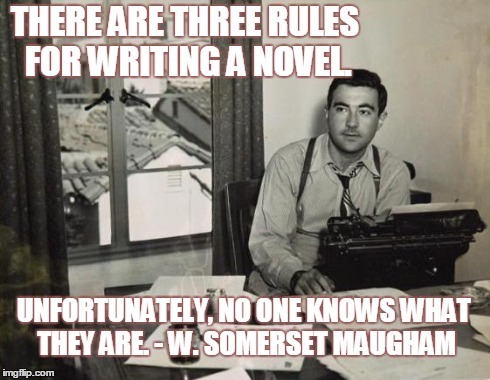
It is with W. Somerset Maugham‘s maxim in mind that I offer the following gems that have helped me overcome small, and not so small, moments of writer’s block:
“There are three rules for writing a novel. Unfortunately, no one knows what they are.”
1. Perfection breeds contempt.
Have you ever written a scene so many times that you began to hate the characters? The dialogue? Or even the whole story?
This is because constantly listening to that little nagging voice in your head that tells you your work isn’t good enough causes what I’d like to call “literary claustrophobia.” It’s where perfection digs you a hole that you get stuck in, and then buries you alive in it. “Turn off your internal editor,” Evan Schaeffer of Legal Underground writes.
How do you turn off the internal editor?
You force yourself to finish.
2. Force yourself to finish.
Your nagging internal editor can keep on nagging, but it can’t actually stop you from doing what you need to do. You reduce this white noise by busying your fingers with typing, listening to the sound of the typing, and allowing words from the story to drown out the noise of that whiny voice of doubt.
The most effective way to do this is by writing your draft as quickly as you can.
In a great article called “10 Rules for Writing First Drafts” Demian Farnworth of Copyblogger.com writes, “Forgive me, for I am here to destroy your insecurities. Your excuses. The lie that suggests your first draft must be perfect.” He explains that first drafts “scare people into a state of inactivity,” even the greats like Kurt Vonnegut who once said, “When I write, I feel like an armless, legless man with a crayon in his mouth.”
Demien suggests three things:
Barricade the door. It must be just you, the ink, and the paper.
Allow your imagination to go to weird places. Nothing is off limits. You can clean up your mess later.
Keep your bottom in your chair until you are done. (For interesting advice on how to speed-write your first draft, read Alan Watt’s The 90 Day Novel .)
Demian’s three suggestions come down to two major concepts: discipline and maintaining a sense of self.
Jane, you may ask, what do you mean by “maintaining a sense of self”?
February 23, 2015
9 Tips on How to Write a Great Sex Scene
Sex scenes. Some of us have a natural talent for writing them. For the rest of us, it’s an awkward struggle. But it doesn’t have to be! Below are nine sexy tips to help you write a really good sex scene.
1.) Use your character’s attributes and experiences to your advantage.
Ever imagined how a seven foot person and a three foot person would have sex? What positions work and what positions don’t? Does your male lead have a tail with a mind of its own? Does your female lead have claws? Don’t be afraid to use any of unique attributes in bedroom gymnastics!
2.) Establish sexual tension… then raise the stakes.
Love is about taking risks. The best sex scenes happen after a do-or-die situation because the characters become aware of their mortality, and realize life is too short to not fall in the arms of the person you love.
3.) Sex isn’t always flowery and sweet.
In fact, some of the best sex scenes are downright dirty/wet/gross.
4.) Continuity is important.
Chuck Wendig of Terribleminds writes, you can’t remove a corset three times in one scene.
5.) Emphasize the physical, but not at the expense of the emotional.
Diana Gabaldon, author of the popular Outlander series, writes: “Where most beginning writers screw up (you should pardon the expression) is in thinking that sex scenes are about sex. A good sex scene is about the exchange of emotions, not bodily fluids. That being so, it can encompass any emotion whatever, from rage or desolation to exultation, tenderness, or surprise.
“Lust is not an emotion; it’s a one-dimensional hormonal response. Ergo, while you can mention lust in a sex-scene, describing it at any great length is like going on about the pattern of the wall-paper in the bedroom. Worth a quick glance, maybe, but essentially boring.”
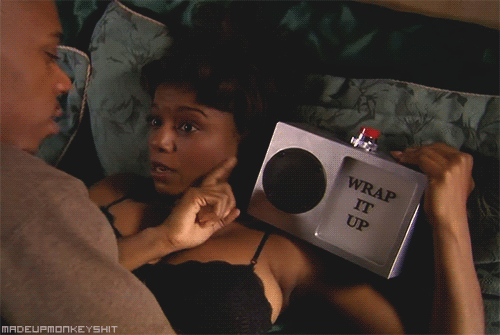
6.) Reveal something important about the character.
Make sure to leave an impression in the readers’ minds, an emotional landmark that helps them remember sex scenes. “I remember that sex scene! That’s when you find out Charlie is an orphan!” Exiting a sex scene without revealing something to the reader about the characters is kind of like having a one night stand, because you don’t know anything about them other than the mind blowing sex you’ve just had (or not).
7.) Every sex scene should advance the story.
Inserting random sex scenes to satisfy a sex quota is disconcerting. This isn’t to say that someone should get pregnant after each sex scene, but sex scenes are important for establishing alliances, or breaking alliances, and revealing who is willing to risk what for whom.
8.) Let the reader choreograph the action.
Being detailed and graphic isn’t always necessary to arouse the reader. Sometimes ambiguous details are more imaginative or telling.
9.) In addition to being sexy, sex is sometimes funny.
Steve Almond writes for The Rumpus, “Most of the time, real people say all kinds of weird, funny things during sex, such as, ‘I think I’m losing circulation’ and ‘I’ve got a cramp in my foot’ and ‘Oh, sorry!’ and ‘Did you come already? Goddamn it!’”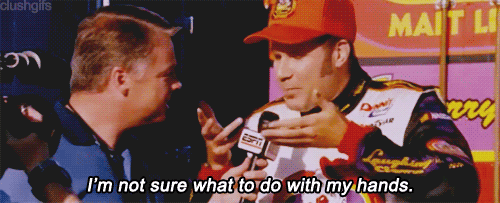
Writing a really great sex scene can be nerve-racking, but don’t let it phase you. Someone out there is reading their first romance ever, and their first erotic scene ever, and they’re just as nervous and excited as you are. So just remember to have fun. Final tip: If your sex scene doesn’t arouse you, then your work is not done!
Also, listen to Elizabeth Benedict, author of a life-saving book called The Joy of Writing Sex, talk a little bit about how to write a really good sex scene. Download audio here.
Bonus: Check out Buzzfeed’s 34 .GIFs That Sum Up Your First Sexual Experience for a good laugh.
The post 9 Tips on How to Write a Great Sex Scene appeared first on Jane Morrissey.
February 9, 2015
My Book Launch
In March of this year, I will launch my first book, Circle of Dreams! I giddily alternate between thrill and being a little nervous. Will readers love this story and these characters as much as I do?
Circle of Dreams started my journey as a writer. I reflect on the early days of sitting down to a blank page. It amuses me to remember my naïveté and over-confidence. If there is anything I’ve learned in this process—and there were a lot of hard lessons—one of them is how humbling it is to write.
One of my early challenges was grappling with the paranormal. Before I started writing, I read widely in this genre and was thrilled at the imagination and creativity of my fellow authors. The worlds they created were so seamlessly presented that it was effortless for me as a reader to dip into those realities, and understand the rules of the game. I’m thinking of some of my favorites: Marjorie M. Liu, Thea Harrison, Nalini Singh, and Christine Feehan (I reviewed her book, Wild Rain here). So, of course, my thought was: how hard could it be to sit down and write like this? Create a world? I assumed the world that would ground my stories would come to me as I wrote and would be just as seamless.
I now stand corrected.
As Circle of Dreams took shape, my second hurdle, writing my first sex scene, caught me by surprise. I thought it would be easy to write about sex. My mantra early on was “How hard could it be?” It’s not as easy as it looks, I’ll tell you, to describe a tender, intimate, exciting, amusing and arousing interaction with metaphor, description, and dialogue as your primary tools. This warrants a blog post of its own, so stay tuned…
One of my biggest hurdles was knowing there was a good possibility my mother would read this story. For two days, I couldn’t write. I found a great book, which I highly recommend: The Joy of Writing Sex by Elizabeth Benedict. At the time I found this book, I was going through my first bout of writer’s block. I overcame this hurdle with a fair compromise, which was to create a PG-13 version of my books for my family. All these years later, I hope they are prepared for the full R-rated version because there will be nowhere to hide, for them or for me, from here on out.
This first book, in particular, has been a labor of love. Through Bri and Cole’s developing romance I’ve learned so much about writing intimacy, sex, and emotional connection. As they come into contact with the Quytel and discover a world where phenomenal psychic power exists in parallel with our reality, I found a platform to let me creativity play and a world that I’ll want to play in for a while.
Tune in for my Goodreads Circle of Dreams book give away on Valentine’s Day, Saturday, February 14, 2015!
The post My Book Launch appeared first on Jane Morrissey.


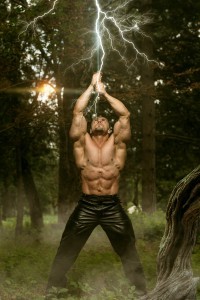




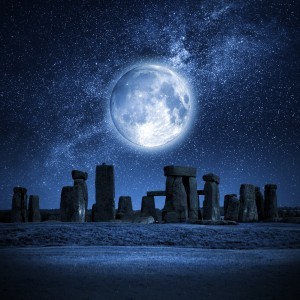


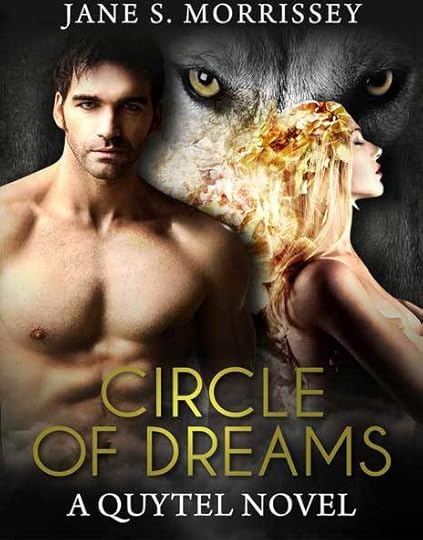

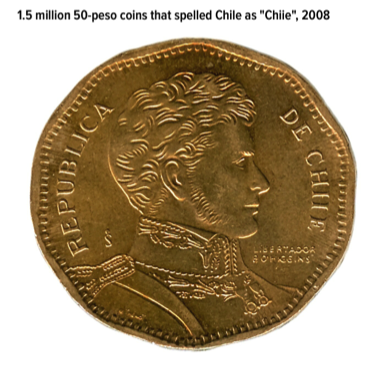
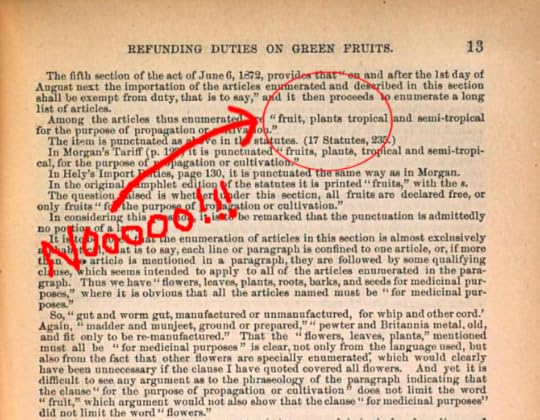
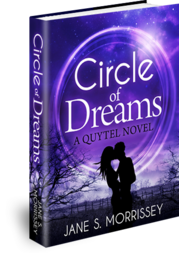
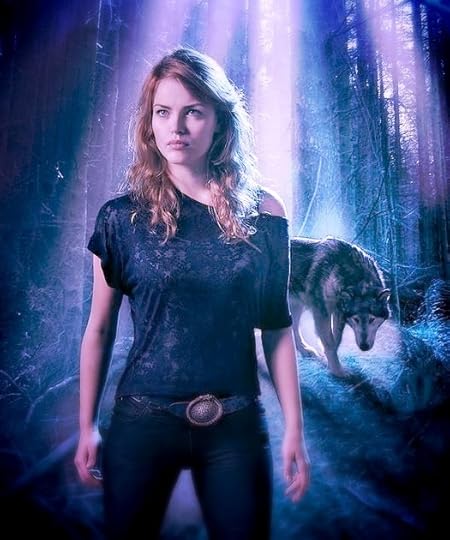
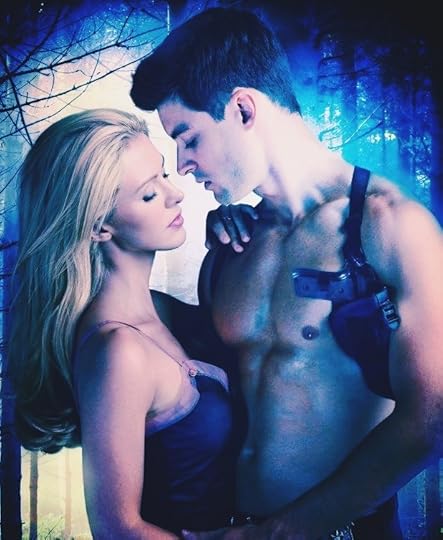
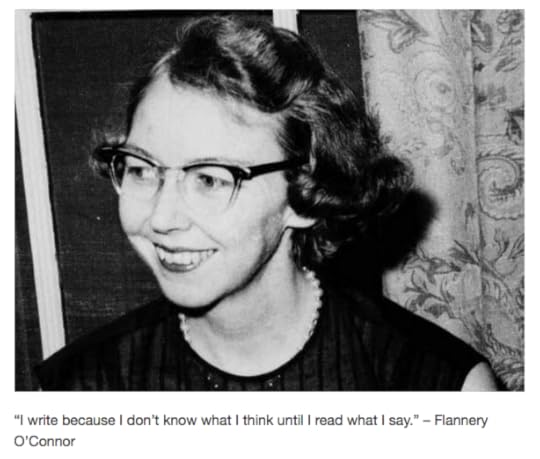 Jane Morrissey
Jane Morrissey